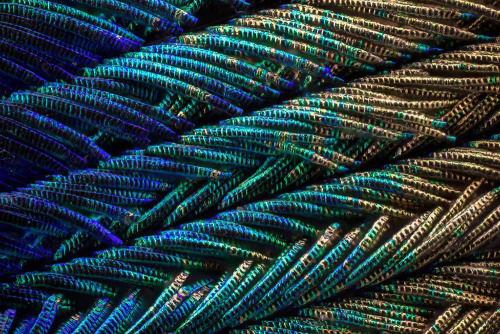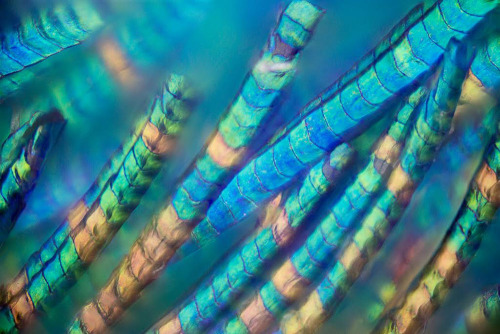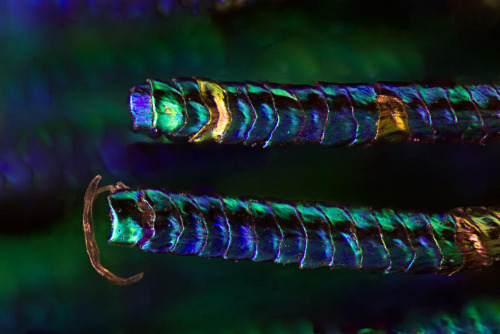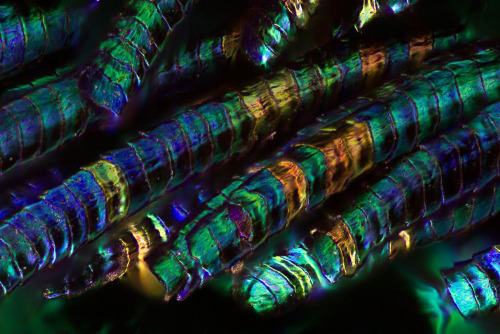Home Is Coming... Cob Makes A Deal.

Home is coming... Cob makes a deal.
More Posts from Secretagentpeptidebond and Others
As you can see by these profiles, a universal constant amongst science ladies is a need for hairties.
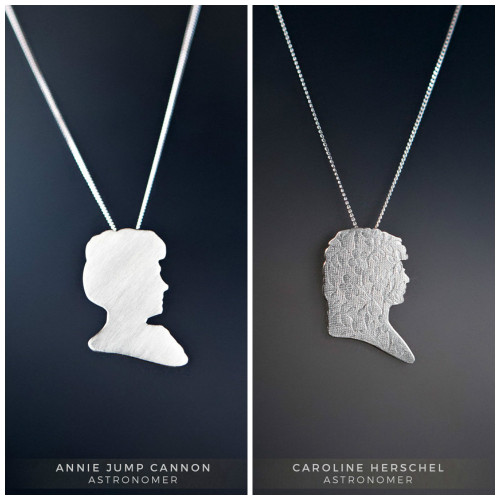
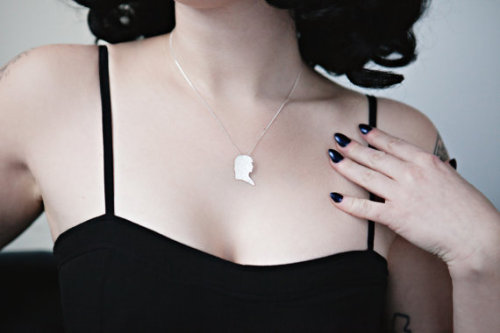
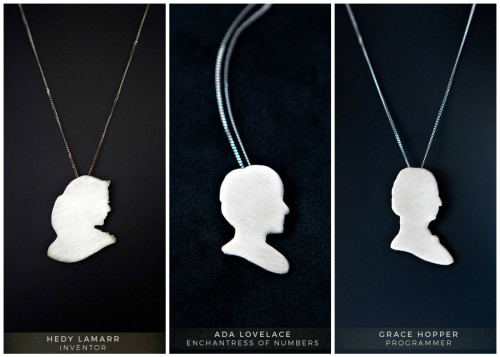

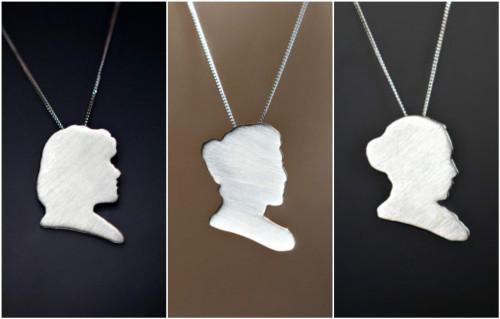
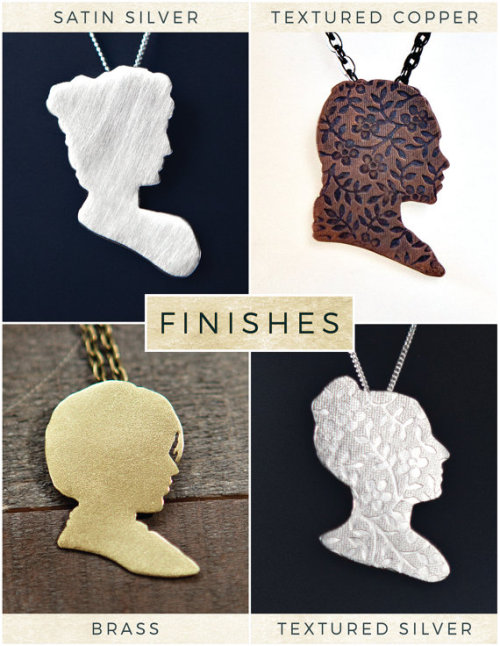
What better way to celebrate Women’s History Month than by celebrating these amazing and accomplished women of science, brought to you by Lauren Goldberg (aka Auberg Designs on Etsy).
Each necklace sports the profile (or cameo) of a different woman who pioneered science in her own way. Available in silver, copper, or bronze with different finishes. So many phenomenal women, I can’t choose just one!
Annie Jump Cannon - astronomer
Caroline Herschel - astronomer
Heddy Lamar - inventor/actress
Ada Lovelace - programmer
Grace Hopper - programmer
Jane Goodall - primatologist
Marie Curie - chemist/physicist
Hypatia of Alexandria - mathematician
Sophie Germain - mathematician
Sally Ride - astronaut
Maud Menten - chemist
Lisa Meitner - physicist
BONUS: In honor of Women’s History Month, they are all on sale through the end of March.
- Summer

Day 2 of our mushroom lab: running our sample through a DEAE-Sepharose column

Small changes add up to big results. You can activate the movement.
Tune into the livestream for the United State of Women Summit 6/14 here . GIF by Tumblr Creatr Thoka Maer
Ooh, I love fluorescent compounds! It's a great reward for the long process of synthesis.


How incredible is this compound I made??! It’s an NBD amine, which is fluorescent and used for labeling compounds for fluorescence assays.

The cellular structure of wood as seen through a Victorian microscope. (via)

‘BLOOD LAMP’ Mike Thompson, an artist based in Amsterdam, wanted to design a piece that forced people to think about the cost of the power they use. So he made a lamp lit with the user’s blood. His “Blood Lamp” glows thanks to a reaction with luminol, a molecule used in police forensics that gives off electric blue light when exposed to an iron-rich protein in blood called hemoglobin. Iron atoms catalyze the oxidation of luminol, creating a high-energy, unstable peroxide molecule that releases energy as blue light as it relaxes to its low-energy ground state. After the user adds blood and the reaction consumes all of the luminol, the light fades, and the lamp can never be used again.
Credit: Mike Thompson
Related C&EN Content:
Counting CD4+ T Cells By Chemiluminescence
Plane To See

-
 gaklu reblogged this · 1 year ago
gaklu reblogged this · 1 year ago -
 kookytanuki liked this · 2 years ago
kookytanuki liked this · 2 years ago -
 aloe-vera-ghost liked this · 2 years ago
aloe-vera-ghost liked this · 2 years ago -
 amatres liked this · 2 years ago
amatres liked this · 2 years ago -
 bossferatu liked this · 2 years ago
bossferatu liked this · 2 years ago -
 draconesepulcrorum liked this · 2 years ago
draconesepulcrorum liked this · 2 years ago -
 trashpanda1014 liked this · 2 years ago
trashpanda1014 liked this · 2 years ago -
 theweirdlynx liked this · 2 years ago
theweirdlynx liked this · 2 years ago -
 theclockworkowl liked this · 2 years ago
theclockworkowl liked this · 2 years ago -
 lordoblivion liked this · 2 years ago
lordoblivion liked this · 2 years ago -
 vinx909 liked this · 2 years ago
vinx909 liked this · 2 years ago -
 disdragon reblogged this · 2 years ago
disdragon reblogged this · 2 years ago -
 growgills reblogged this · 2 years ago
growgills reblogged this · 2 years ago -
 disdragon liked this · 2 years ago
disdragon liked this · 2 years ago -
 gay-hellion liked this · 2 years ago
gay-hellion liked this · 2 years ago -
 monochromexsn reblogged this · 2 years ago
monochromexsn reblogged this · 2 years ago -
 jelliebeanbitch liked this · 2 years ago
jelliebeanbitch liked this · 2 years ago -
 hazel-newt liked this · 2 years ago
hazel-newt liked this · 2 years ago -
 ultrainfinitequest reblogged this · 2 years ago
ultrainfinitequest reblogged this · 2 years ago -
 zsizskee liked this · 2 years ago
zsizskee liked this · 2 years ago -
 moth-brainz liked this · 2 years ago
moth-brainz liked this · 2 years ago -
 marshmalloboy liked this · 2 years ago
marshmalloboy liked this · 2 years ago -
 darkshadowag liked this · 2 years ago
darkshadowag liked this · 2 years ago -
 cursedcrust liked this · 2 years ago
cursedcrust liked this · 2 years ago -
 fruitpuddle reblogged this · 2 years ago
fruitpuddle reblogged this · 2 years ago -
 chokerella liked this · 2 years ago
chokerella liked this · 2 years ago -
 youaremysunandmyshine liked this · 2 years ago
youaremysunandmyshine liked this · 2 years ago -
 perfusio liked this · 2 years ago
perfusio liked this · 2 years ago -
 lorelich liked this · 2 years ago
lorelich liked this · 2 years ago -
 flamelord108 liked this · 2 years ago
flamelord108 liked this · 2 years ago -
 nationalparksocks liked this · 2 years ago
nationalparksocks liked this · 2 years ago -
 citrusapples liked this · 2 years ago
citrusapples liked this · 2 years ago -
 yo-mamma-69 liked this · 2 years ago
yo-mamma-69 liked this · 2 years ago -
 ibatomik liked this · 2 years ago
ibatomik liked this · 2 years ago -
 dontfollowme3000 liked this · 2 years ago
dontfollowme3000 liked this · 2 years ago -
 theultimateultimateweapon reblogged this · 2 years ago
theultimateultimateweapon reblogged this · 2 years ago -
 deathpetrol liked this · 2 years ago
deathpetrol liked this · 2 years ago -
 falcondoingdoodles liked this · 2 years ago
falcondoingdoodles liked this · 2 years ago -
 egg-node reblogged this · 2 years ago
egg-node reblogged this · 2 years ago -
 doctorwank liked this · 2 years ago
doctorwank liked this · 2 years ago -
 claiborneart liked this · 2 years ago
claiborneart liked this · 2 years ago -
 deathchrist2000 reblogged this · 2 years ago
deathchrist2000 reblogged this · 2 years ago -
 deathchrist2000 liked this · 2 years ago
deathchrist2000 liked this · 2 years ago -
 cthulhusstepmom liked this · 2 years ago
cthulhusstepmom liked this · 2 years ago -
 talestales-art liked this · 2 years ago
talestales-art liked this · 2 years ago -
 theneptuneviolin liked this · 2 years ago
theneptuneviolin liked this · 2 years ago -
 anyonecanplay liked this · 2 years ago
anyonecanplay liked this · 2 years ago -
 talisnotgone liked this · 2 years ago
talisnotgone liked this · 2 years ago -
 double-4-designer reblogged this · 2 years ago
double-4-designer reblogged this · 2 years ago




